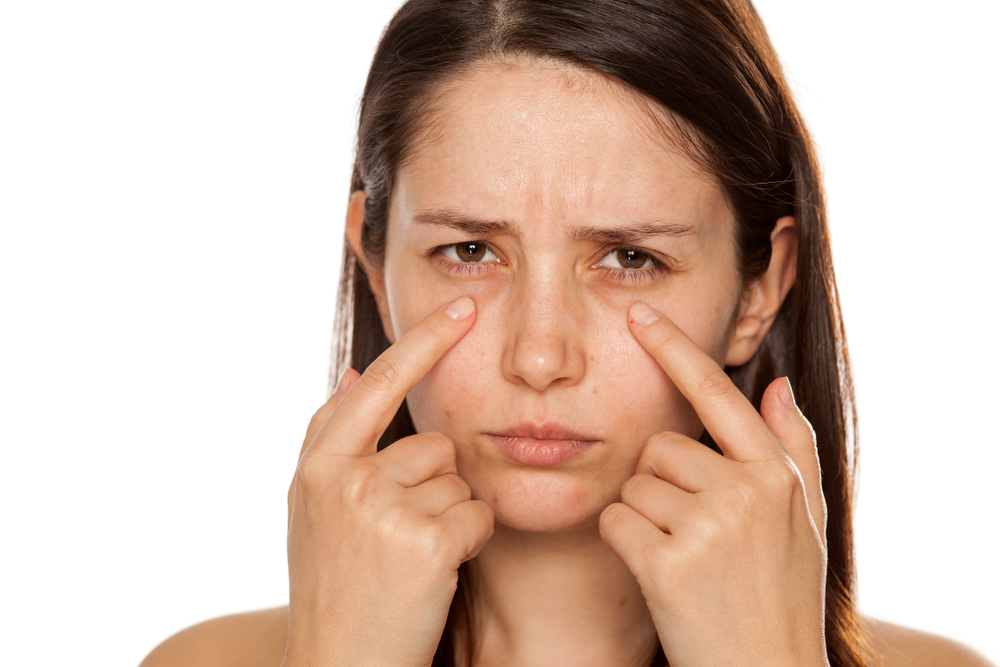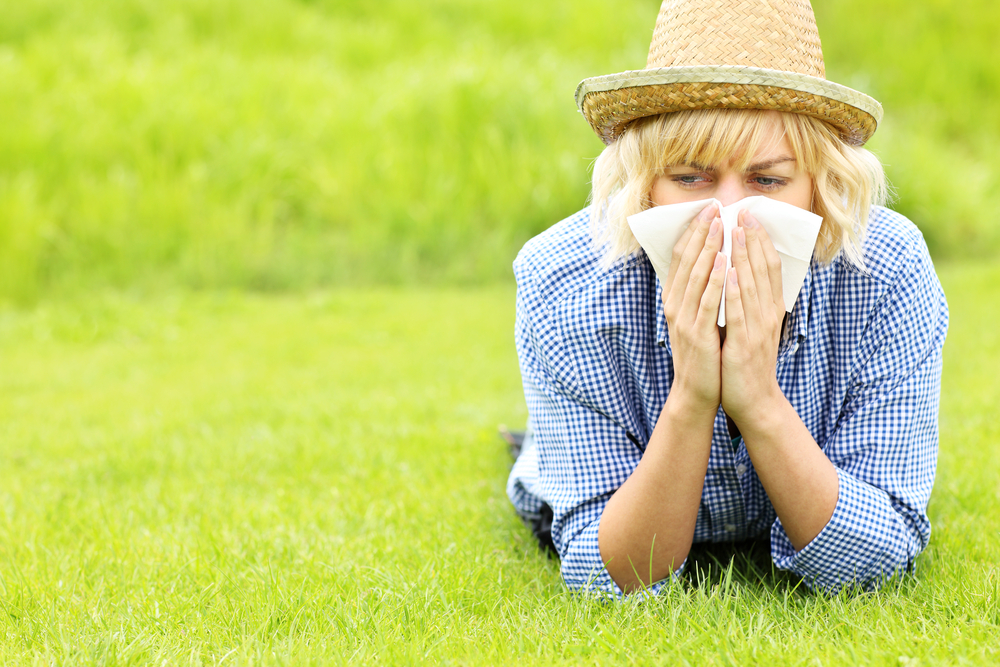A dark circle under the eye is usually a sign of exhaustion or a fight. However, this is also a symptom of allergies. Allergic shiners are also called allergic facies or periorbital venous congestion/periorbital hyperpigmentation. While the discoloration is harmless, having it or seeing it on someone can be very worrisome.
What causes allergic shiners?
Allergic shiners are caused by the pooling of blood under the eyes, due to the swelling of the tissue in the nasal cavities. When the sinuses are blocked, nothing around the face drains well. Therefore, when there is congestion, the blood that usually flows freely through the capillaries under the eyes to the heart, pools, creating dark circles and sometimes puffiness. This combined with itchiness caused by allergies could make your eyes look so irritated.
Common allergens that can cause allergic shiners include dust mites, pet dander, mold and fungus, pollen, and cockroach feces.
Differences to black eye
- With allergic shiners, the blood has difficulty draining from the facial veins due to swelling
- Black eyes are due to trauma and involve bleeding under the skin caused by damaged capillaries
- Allergic shiners are usually accompanied by other nasal allergy symptoms
Other causes of dark circles under the eyes include lack of sleep, dehydration, too much salty food, iron deficiency, aging, and eczema, among others. People may also inherit genes that cause the skin under their eyes to appear darker.
Treating allergic shiners

The key to not getting allergic shiners is to reduce congestion in the nasal and sinus cavities. There are also many over-the-counter treatments to treat allergies that cause allergic shiners which include antihistamines, decongestants, nasal steroid sprays, and anti-inflammatory eye drops. Never take medications that are not prescribed by the doctor.
Prevention
For outdoor triggers, try these tips:
- Wear protective sunglasses to protect your eyes and cotton face masks to avoid inhaling pollens and dusts
- Shower and change clothing after going outside during allergy season
- Keep your place clean in order to prevent mold growth (both in and out)
For indoor triggers:
- Invest in allergy-proof covers for mattresses and bedding
- Keep your air vents clean
- Wear hypoallergenic and 100% organic clothing
- Wash hands after contact with animals
DISCLAIMER: The information presented on Cottonique is not, and will never be, intended to be a substitute for professional medical advice, diagnosis, or treatment. All content materials found on this site, from text, treatments, outcomes, charts, graphics, photographs, and study findings, are created and published for general informational purposes only. It should not, in any way, be construed as a standard of care to be followed by a user of the website.
Thus, readers are encouraged to verify any information obtained from this website with other accurate references and review all information regarding any medical condition or treatment with their physician. As Cottonique strives to help those with allergies live with better days, the hypoallergenic apparel brand encourages everyone to always seek the advice of your physician or other qualified health providers with any questions you may have regarding a medical condition.






1 comment
yjdbhtdcrp
Muchas gracias. ?Como puedo iniciar sesion?
Leave a comment
All comments are moderated before being published.
This site is protected by reCAPTCHA and the Google Privacy Policy and Terms of Service apply.